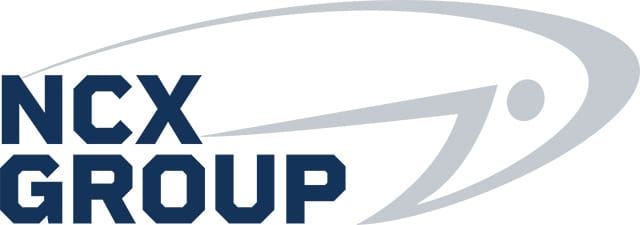Data breaches become an automatic risk due to the necessary components of a company’s existence (employees, business providers and partners). Every organization functions on the basis of teamwork and in order to do a job well, all parties involved need access to company data and client information.
There are three common data breach threats that give a complete idea of the in-depth concerns organizations should have when it comes to information security.
- Lost or stolen computing devices.
Whether it’s a company computer or a personal device, employees and partners can be victims of theft, as well as accidental loss of their device(s). It’s nobody’s intentional fault and there is little to do when these things happen. However, being aware of the risks and taking protective measures will most certainly increase everyone’s level of preparedness.
- Cloud and third party management.
The cloud and third party management is one of those external situations where organizations feel confident their third party manager is knowledgeable and has all the necessary safety measures in place. Unfortunately, a third party cloud provider can set up the safest and most reliable security system, but one vulnerable access from an unsecured device and network is all that’s needed for a data breach to occur.
- Unsecured devices (BYOD).
Organizations love that their employees and partners can work remotely; it is one of the biggest advantages to BYOD, the cloud, and the internet. More can be done from anywhere and at any time. Off site access and devices can not be controlled by the security structure in place on the premises. This means relying on external networks and the individuals best judgement.
When having employees and external business partners there is no way out of susceptibility to data breaches, but the opportunity of minimizing risks is possible.
- Understand the risks associated to having employees and business partners accessing data. Consequently, limit the access of sensitive data to a need to know basis.
- Always retain policies for compliance and risk management.
- Most importantly, employee training and hiring an information security professional or working with a company/consultant that develops risk management and business continuity plans.
Even if there are some data breach risks associated to a company having too many heads with access to sensitive data, organizations succeed thanks to their combined efforts. It doesn’t have to be a nightmare. Simply apply the same teamwork that brings about successful business results to information security management decisions.
Image Courtesy of Pitel



